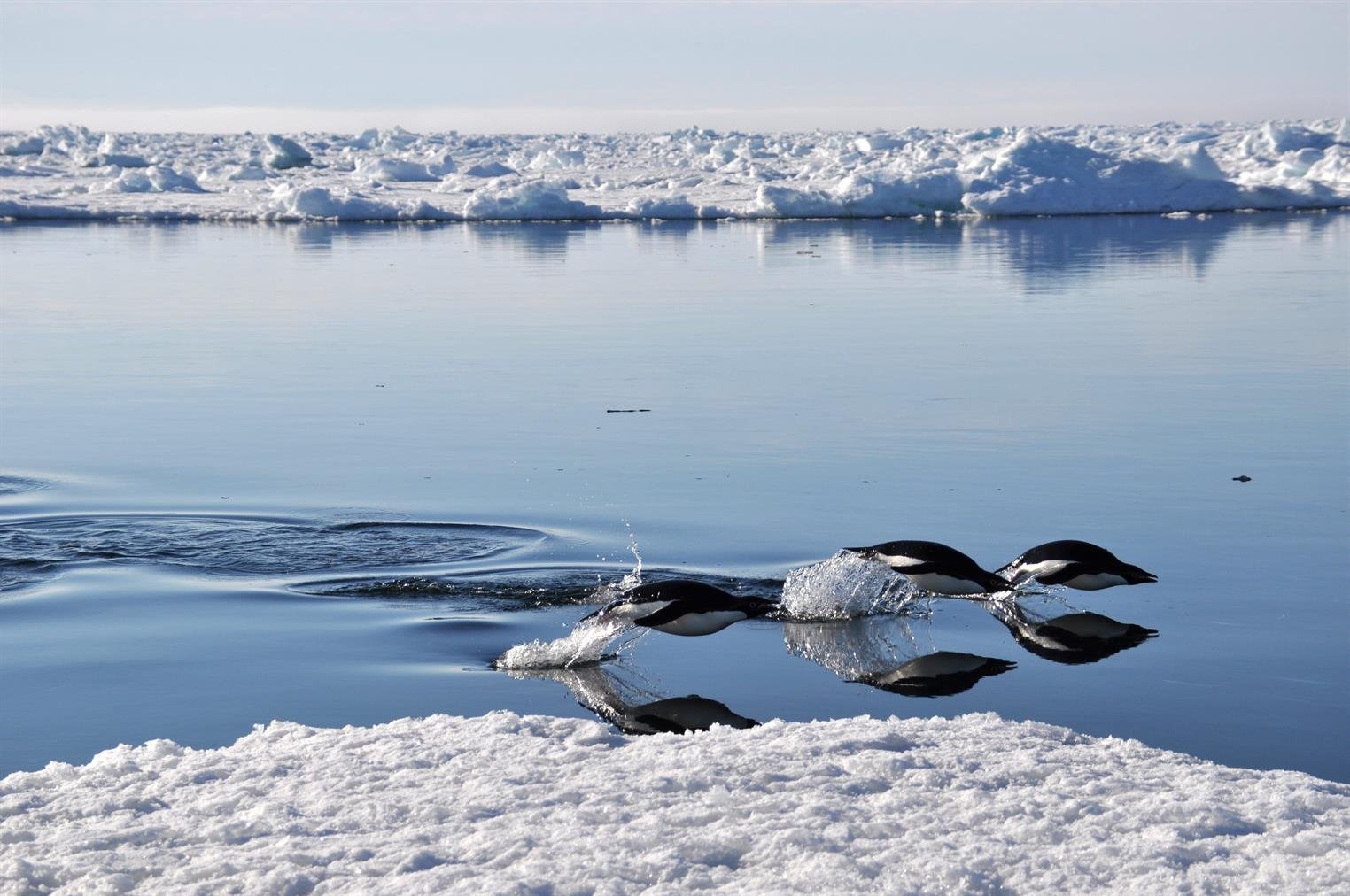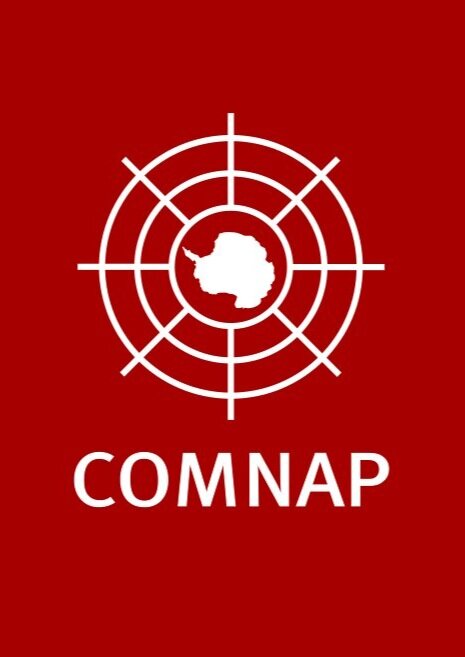
Antarctic Summer Science Lecture Series
Gateway Antarctica and COMNAP, in collaboration with the Embassy of the United States in Wellington, the National Science Foundation (NSF), the U. S. Antarctic Program (USAP), Antarctica New Zealand, and the Antarctic Office, present free public lectures on current Antarctic research.
Third in a three-part series.
The Telescope in the Ice: Neutrino Astronomy at the South Pole
Speakers: Professor Jenny Adams, University of Canterbury & Professor Albrecht Karle, University of Wisconsin-Madison
When & Where: 11 December | 5.30pm – 6.30pm | University of Canterbury | Central Lecture Theatres | Room C3
Since the dawn of astronomy, the universe has been explored using visible light. At extremely high energies, however, the Universe is no longer transparent to photons, but it is to neutrinos—tiny subatomic particles, and there are many of them. The IceCube Neutrino Observatory has transformed a cubic kilometer of natural Antarctic ice into a giant neutrino detector. Among a background of more than a million neutrinos above energies of 1 TeV, we discovered a cosmic neutrino flux ranging from 1 to 10000 TeV in energy.
More recently, we reported the observation of 80 neutrinos from the nearby galaxy M77, 50 million light years away. And closer to home, we have seen our Milky Way in neutrinos. They will report on the fascinating results collected in the deep ice at the South Pole and provide an outlook on their research plans. Preparations are underway for an upgrade planned for the 2025/26 South Pole summer.
Albrecht is in Christchurch on the way to Antarctica to start the 2024/25 Antarctic research season.
Second in a three-part series.
Spatial variability of Antarctic ice sheet dynamics and its influence on deep ocean circulation during the Pliocene
Speaker: Associate Professor Molly O. Patterson, Department of Earth Sciences, Binghamton University
When & Where: 20 November | 5.30pm – 6.30pm | University of Canterbury | Central Lecture Theatres | Room C3
The Antarctic ice sheet appears as a large, massive homogenous blob on most maps, yet some computer models predict there is considerable variability with respect to how the ice sheet may change under various warming scenarios due to different Earth systems processes. Sediment records recovered from the ice margin during ocean drilling expeditions associated with the International Ocean Discovery Program (IODP) and its predecessor programs can help provide some insight on the causes of Antarctic ice sheet variability. Such insight is fundamental towards understanding some of the sensitivities of how the ice sheet might respond to future climate change.
Geochemical records from the deep, which reflect past changes in ice volume and global temperature, demonstrate clear oscillations in ice volume that were paced by astronomical variations. Such astronomical variations involve eccentricity (the shape of Earth’s orbit, ~400 and 100 thousand year cycles, kyr), obliquity (tilt of Earth’s axis, ~41 kyr), and precession (wobble of Earth’s axis, ~20 kyr) cycles. While geological records recovered from the Antarctic margin also demonstrate this, the exact mechanisms for how orbital forcing impacts ice sheet mass balance, including regional sensitivities of ice sheets to marine and terrestrial climate feedbacks, remain elusive. I will present two high-resolution mid-Pliocene to Early Pleistocene (~3.3 to 2.3 Ma) records of iceberg-rafted debris recovered from the West Antarctic Ice Sheet (WAIS) Ross Sea margin and the East Antarctic Ice Sheet (EAIS) Wilkes Land margin collected during IODP Expeditions 374 and 318, respectively. These results suggest that different sectors of marine-based margins of Antarctica’s ice sheets have different sensitivities to various climate and oceanic feedbacks resulting from astronomical variations. Our findings ground-truth computer modelling experiments that highlight large spatial variability in the response of Antarctica’s ice sheet to future warming, and that sensitivities of the ice sheet to atmospheric and marine forcing differ in each catchment.
Molly is in Christchurch on the way to Antarctica to start the 2024/25 Antarctic research season.
First in a three-part series.
The Search for the Universe's Beginning from the Ends of the Earth
Speaker: Professor John Kovac, Harvard Astronomy Department, Harvard University
When & Where: 30 October | 5.30pm – 6.30pm | University of Canterbury | Ernest Rutherford Building | Room 140
At the Amundsen-Scott South Pole Station, unique telescopes peer back 14 billion years to measure the faint radiation from the Big Bang itself. This Cosmic Microwave Background (CMB) is the oldest light in the universe. It fills the sky with subtle ripples in intensity and polarization that tell the story of the whole history of the universe, from the imprints of nearby massive galaxies, dark matter, and dark energy, back to the seeds of structure and even perhaps the physics that drove the birth of the universe. The South Pole, with six months of night and our planet's coldest, driest air, offers a window on this primordial light unmatched anywhere else on earth.
Since 1990 John has been traveling to the South Pole through Christchurch to deploy and operate multiple generations of the world's most sensitive microwave telescopes. John will describe this adventure, what we've discovered so far, and what we hope these telescopes may yet teach us about our universe's beginnings. Professor John Kovac, Harvard Astronomy Department, Harvard University, is the principal investigator for the USAP project BICEP.
John is in Christchurch on the way to Antarctica to start the 2024/25 Antarctic research season.
We have lined up three Antarctica presentations on different topics, one in October, one in November and one mid-December. Come along. Get ready to hear about the ground-breaking research taking place in Antarctica this summer.






